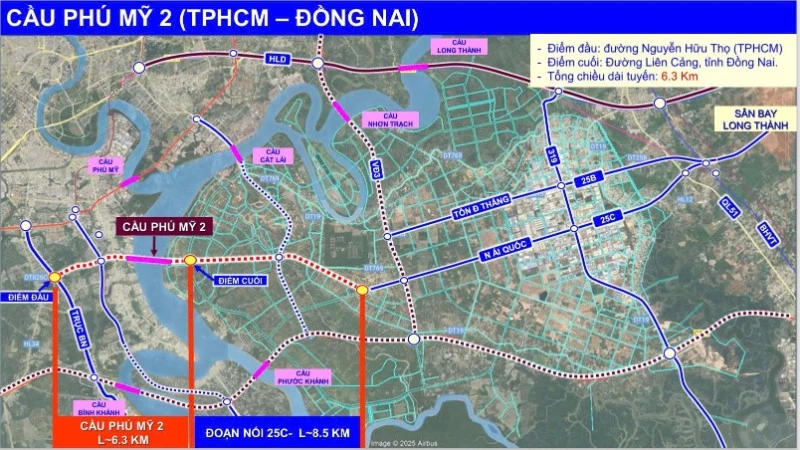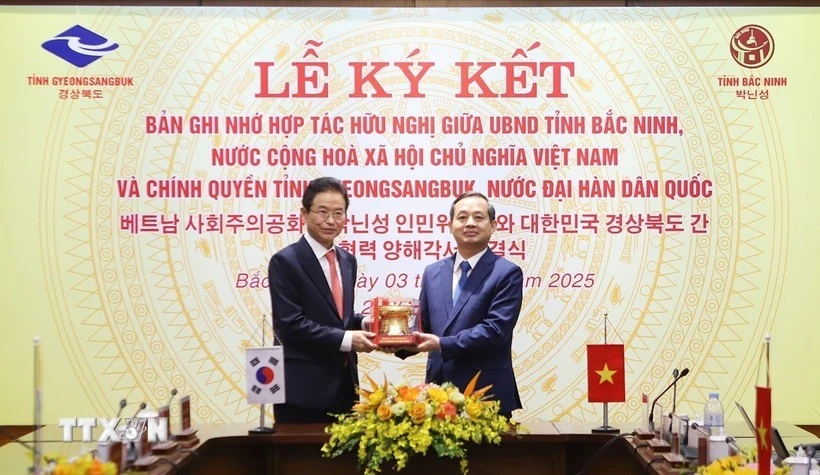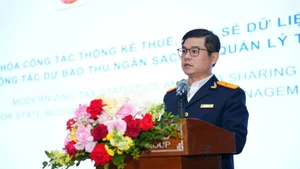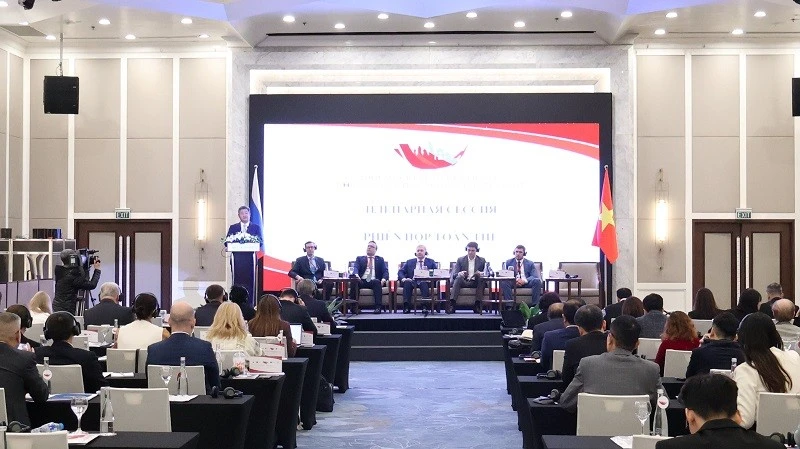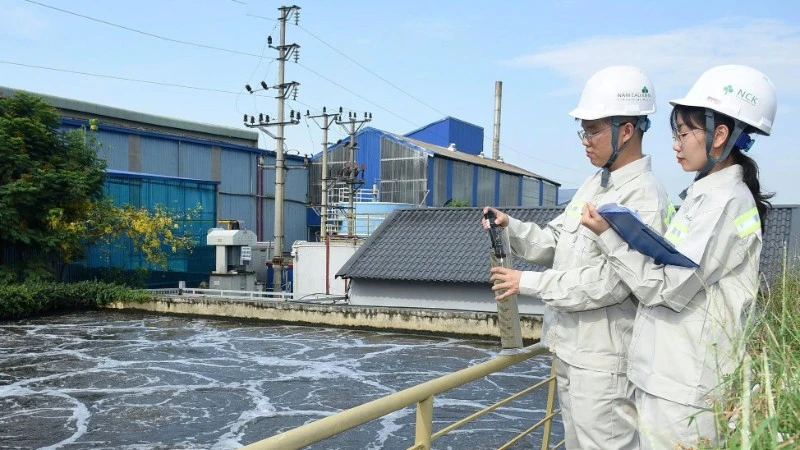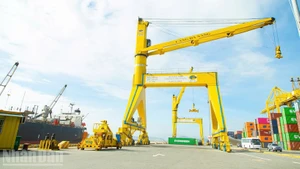Following the recent merger, Ho Chi Minh City occupies a strategic geographical position and is a multifunctional centre for finance, industry, seaports, and tourism. The merger has created a strategic economic triangle that contributes more than 45% of the Gross Regional Domestic Product (GRDP) of the southeastern region and nearly 30% of the national budget revenue.
A “policy window”
On June 27, the National Assembly approved Resolution No. 222/2025/QH15 on establishing an international financial centre in Viet Nam. This resolution ushers in a strong reform framework on foreign exchange, capital markets, tax policy, and the development of high-quality human resources.
This is a breakthrough “policy window” that creates conditions to attract global financial institutions, asset management services, investment banking, insurance, green finance, and financial technology sandbox pilots, bringing Ho Chi Minh City closer to its aspiration of becoming a leading regional financial destination.
At the same time, based on Resolution No. 98/2023/QH15 of the National Assembly on piloting special mechanisms and policies for the development of Ho Chi Minh City, and Resolution No. 68-NQ/TW of the Politburo on developing the private economy, the city has gained its “first building blocks” to form the foundation for its economic, trade, and service development plans at a regional level.
Currently, a series of strategic transport infrastructure projects are being deployed or are nearing completion, creating new growth space for Ho Chi Minh City and the southern key economic region. The T3 terminal at Tan Son Nhat, with a capacity of 20 million passengers per year, entered operation this year. Meanwhile, phase 1 of Long Thanh International Airport in Dong Nai, with a capacity of 25 million passengers per year and 1.2 million tonnes of cargo per year, is nearing completion and will provide strong momentum for aviation services, transport, and tourism.
The Ring Road No. 3, over 76 km long, is being implemented to link Ho Chi Minh City with Dong Nai and Tay Ninh. Combined with major radial expressways (Ho Chi Minh City–Long Thanh–Dau Giay, Ho Chi Minh City–Moc Bai, Ho Chi Minh City–Trung Luong–My Thuan and so on), these routes will shorten the time for transporting goods and enhance regional competitiveness.
The seaport system — including the Tan Cang–Cat Lai cluster handling more than 5.5 million TEU per year and the Cai Mep–Thi Vai cluster handling more than 8 million TEU per year, among the world’s top 20 busiest container ports — is a critical foundation for developing modern logistics such as logistics 4.0 services and regional distribution centres.
All these factors converge to create a foundation for Ho Chi Minh City to reaffirm its role as a regional economic and service hub and extend its international reach.

To become a leading regional economic, trade and service centre, according to Cao Minh Nghia from the Ho Chi Minh City Institute for Development Studies, the city must face direct competition from other regional economic, financial, and logistics hubs such as Singapore, Bangkok (Thailand), and Kuala Lumpur (Malaysia).
In addition, as a highly open economy, Ho Chi Minh City is vulnerable to external shocks such as geopolitical tensions, trade wars, and global economic recessions.
Issues relating to climate change, environmental pollution, flooding, and rapid population growth may also hinder sustainable development and reduce quality of life.
Moreover, if the city does not make strong enough investment into science, technology, innovation, and digital transformation, it risks falling behind its competitors and may struggle to escape the middle-income trap.
The “four-pillar framework” removes bottlenecks
Following the merger, Ho Chi Minh City is facing several structural challenges that affect its competitiveness and its goal of becoming a leading economic and service centre both nationally and regionally.
Specifically, the city lacks integrated planning and unified vision. After the merger, separate planning documents from Ho Chi Minh City, Binh Duong, and Ba Ria–Vung Tau have not been merged or harmonised, leading to overlapping functions and inadequate integrated development space.
The merged city also faces a shortage of high-quality human resources, creating a “bottleneck” in its development process. Key fields such as big data, artificial intelligence (AI), international finance, and logistics 4.0 face severe shortages of internationally standardised personnel.
According to experts, five global trends will shape future economic, trade, and service development: investment in technology and innovation; automation; sustainable economic development; the explosion of the digital economy and e-commerce; and trade expansion through free trade agreements.
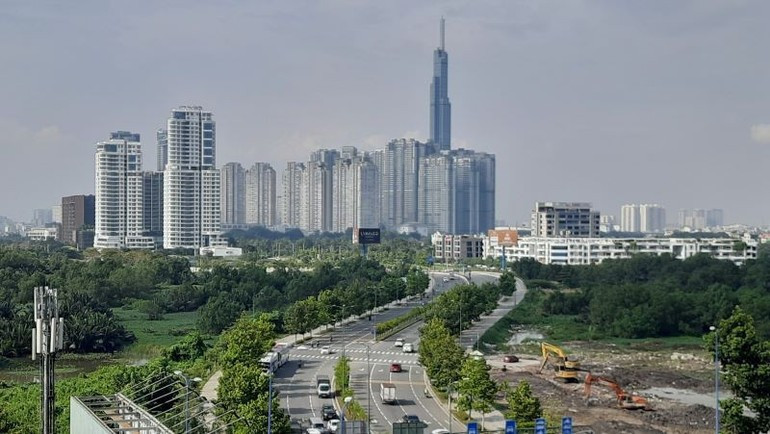
Dr Tran Minh Duc of Thu Dau Mot University (Ho Chi Minh City) stated that while Ho Chi Minh City has long been Viet Nam’s leading economic and service centre, the new context of international integration, digital transformation, and metropolitan mergers demands fundamental changes.
The city previously relied mainly on traditional service sectors such as commerce, finance–banking, and tourism, however, it must now reposition itself as a global centre for digital, innovative, and creative economic services.
Meanwhile, Cao Minh Nghia from the Ho Chi Minh City Institute for Development Studies noted that following the merger, Ho Chi Minh City is positioned as a multi-centre megacity, focusing on key service sectors such as logistics, finance–banking, information–communications, tourism, and cultural industries, alongside green tourism and digital transformation, to enhance service quality and added value.
According to Cao Minh Nghia, four Politburo resolutions form a “four-pillar framework” enabling the city to remove bottlenecks: Resolution No. 57-NQ/TW on breakthroughs in national science, technology, innovation and digital transformation; Resolution No. 59-NQ/TW on international integration in the new situation; Resolution No. 66-NQ/TW on reforming the formulation and enforcement of laws to meet development requirements in the new era; and Resolution No. 68-NQ/TW on private economic development.
At the same time, they help unleash the potential of the private sector, promote science, technology, and innovation, and improve both the quantity and quality of economic and service development, especially high value-added services in line with a modern urban model, thereby achieving double-digit GRDP growth and creating a solid foundation for Ho Chi Minh City to maintain its role as the nation’s economic locomotive in the coming years.




